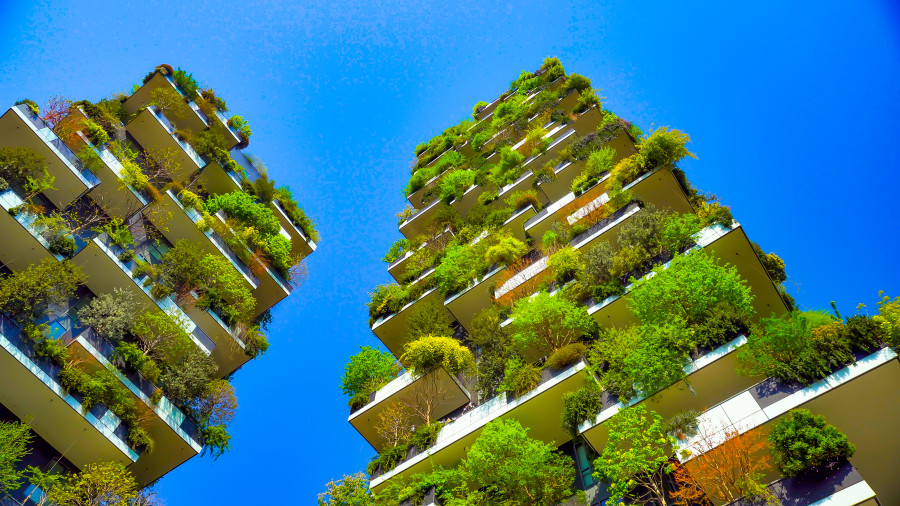Offsite construction brings high quality, speed and sustainability to the built environment.

Even though many people think that offsite construction has only been around for a short amount of time, the early days of prefabricating buildings go back to the early 1900’s both in the United States and in Europe.
Due to a high demand for affordable quality housing, builders in the USA began selling “kit homes”. At the same time, Europe had to address housing shortages post World War II and the solution was to turn to offsite construction.
Nowadays, what it is referred to in the industry as Modern Methods of Construction (MMC) has much evolved, and the current concerns are strictly related to sustainability and effectiveness.
According to the Offsite Construction Market report 2022, released by Stratagem Market Insights, “Offsite construction market size is estimated to be worth USD 118670 million in 2021 and is forecast to a readjusted size of USD 163550 million by 2028 with a CARG of 4.7% during review period”.
Here are some of the major reasons why MMC are increasingly sought after.
Sustainability
The use of prefabricated materials offers the developer a reasonably priced, environmentally friendly, and effective project. To complete the project and construction works in the least amount of time, platforms like The Offsite Guide reduce time spent searching for the ideal partners and suppliers all with a common goal: to reduce the margin of error, prevent material waste and support you in the project development stage.
Concise planning reduces on-site assembly time and standardises the construction process. Additionally, the controlled environment in which the components are being manufactured yields precise and high-quality materials, that once prepared are loaded and transported to the location for immediate assembly.
The sustainability of these projects is a result of their low waste production, effective environmental performance and material adaptability, which usually fosters a strong connection with nature by the common use of wood as a structural material. Wood's biophilic qualities support environmental awareness while also enhancing human well-being.
Customisation
Prefabricated projects tend to be misjudged as one-fits-all type of buildings. Because the assembly is done offsite, the alternatives to standard residential structures are limitless and each architect is free to design site specific buildings and integrate any services or features they desire.
Effectiveness
Efficiency is an obvious benefit with offsite construction. MMC promise lower construction costs and a shorter schedule, which translates directly into saving time - and “time is money”.
While the structural components are being assembled in a factory offsite, the building foundation can be poured at the same time. Having the structure and components being manufactured in a factory, means there are less technical errors than in traditional construction, saving time on corrections and redoes. Also, weather changes will not affect the curing process of some materials.
The overall installation cost for offsite constructed buildings is lowered, despite the fact that building components may initially appear to me more expensive.
It is time more people realized that offsite construction is the faster, smarter and more sustainable form of residential and commercial development.